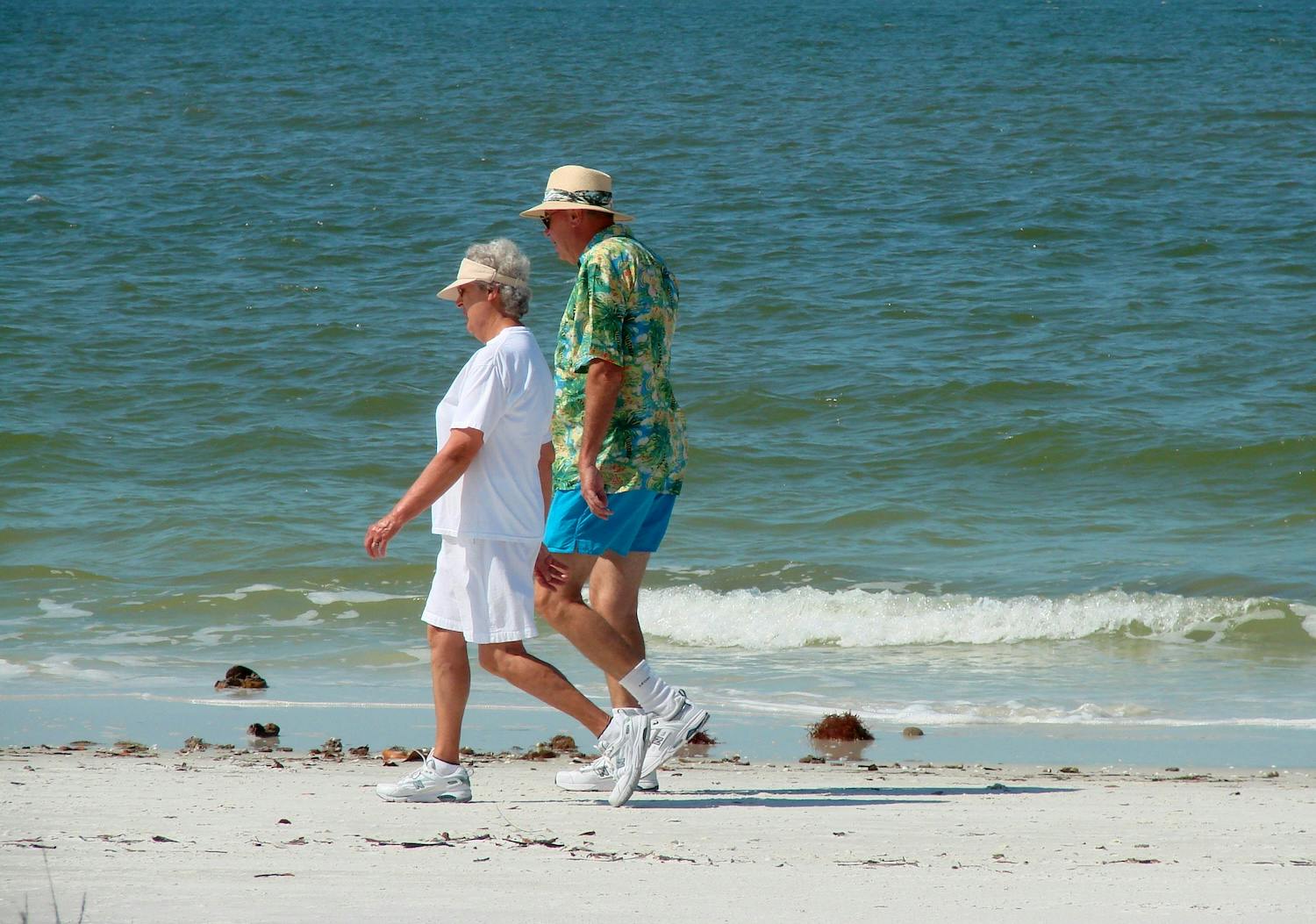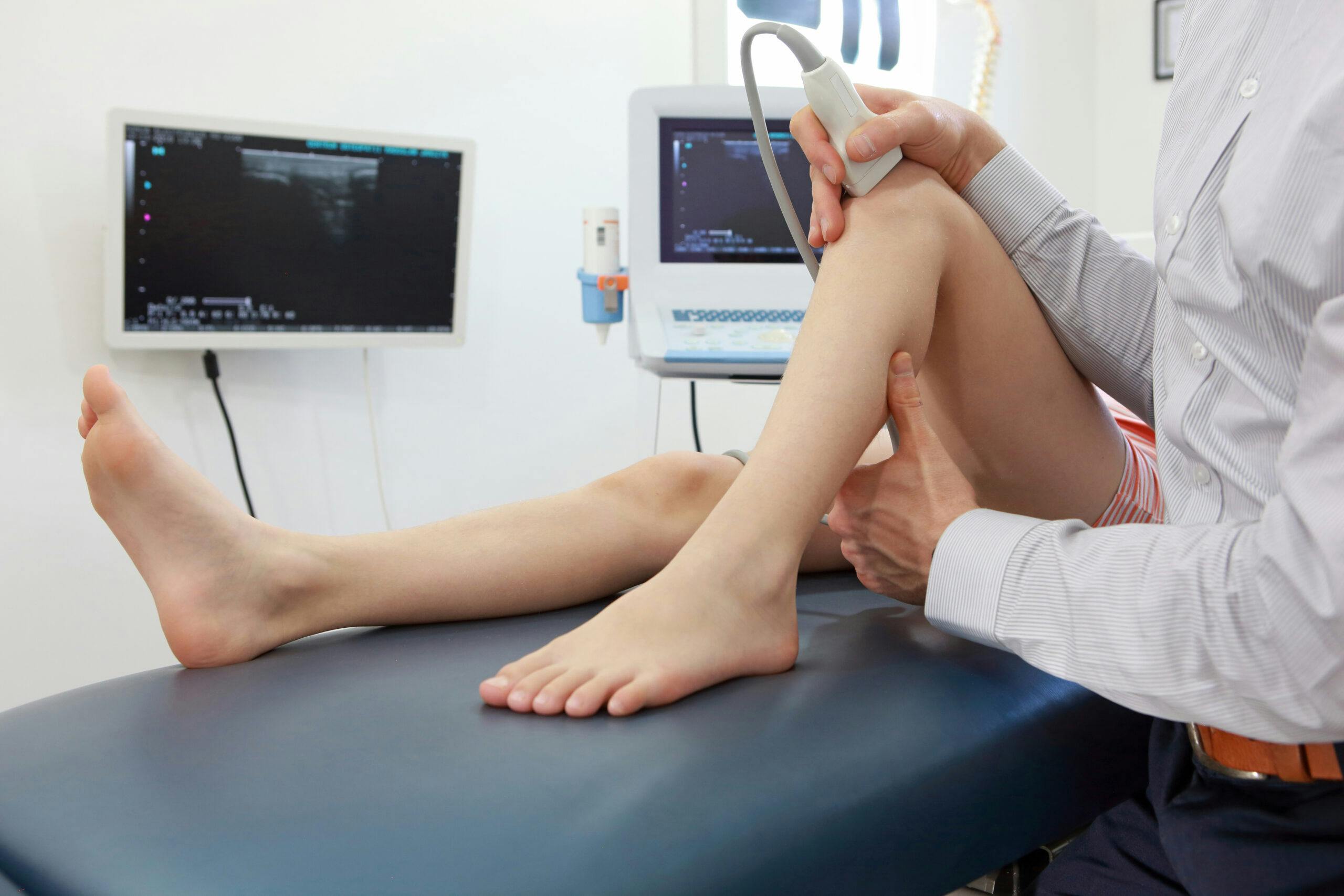- Blog
What Is Primary Care Sports Medicine?
Posted on 12-12-2025 in Primary Care Sports Medicine by Dr. Joshua Hackel

Posted on 12-12-2025 in Primary Care Sports Medicine by Dr. Joshua Hackel
What is a primary care sports medicine physician?
Primary care sports medicine is the medical subspecialty that focuses exclusively on the diagnosis, management and treatment of musculoskeletal injuries and disorders. Sports medicine physicians are highly trained and capable of treating a wide variety of orthopedic conditions, whether they stem from an acute injury, chronic overuse, or normal wear and tear on the muscles and joints of the body. In addition to traditional modes of diagnosis and treatment, primary care sports medicine physicians are also on the leading edge of applying the fundamentals of regenerative medicine to orthopedics.A primary care sports medicine physician is typically board-certified in Emergency Medicine, Family Medicine, Internal Medicine, Pediatrics or Physical Medicine and Rehabilitation; fellowship-trained in Sports Medicine, which requires and additional one to two years of training following residency; and holds a Certificate of Added Qualification in Sports Medicine (CAQSM). There are also extensive continuing medical education and recertification requirements to maintain one’s status as a certified Sports Medicine physician, so these are highly-trained clinicians who have extensive expertise in the musculoskeletal system.
What is the difference between a Sports Medicine Physician and an Orthopedic Surgeon?
While sports medicine physicians and orthopaedic surgeons are both trained to treat disorders of the musculoskeletal system, sports medicine physicians specialize in non-surgical and minimally-invasive treatment of the bones, muscles and joints. While it is true that certain injuries will require surgery, many musculoskeletal disorders can be treated with non- or minimally-invasive treatment modalities, which is exactly what sports medicine physicians are trained to do. In fact, some studies have indicated that up to 90% of orthopedic injuries can and should be treated with non-surgical intervention. Therefore, a sports medicine physician will help diagnose the cause of your pain, develop and implement a minimally-invasive treatment plan, and, if necessary, refer you to the appropriate orthopaedic subspecialty for surgical intervention.
What does a sports medicine physician treat?
Sports medicine physicians are trained to diagnose and treat a wide variety of disorders to the musculoskeletal system. This includes acute injuries like sprains and strains, non-surgical fractures, and dislocations; they are also trained to treat chronic injuries caused by overuse or normal wear and tear. Arguably the most important skill a sports medicine physician develops during their training and education is the ability to diagnose the cause of a patient’s pain and develop comprehensive treatment plans based on their findings.In addition to the standard modes of diagnosis—discussing your individual and family medical history, conducting a thorough physical examination, and ordering and interpreting any necessary advanced imaging, such as x-ray and magnetic resonance imaging (MRI)—many sports medicine physicians specialize in using ultrasound as a diagnostic tool. Using ultrasound to diagnose the cause of pain has advantages because it is cost-effective, it does not expose the patient to ionizing radiation, and it displays soft tissue structures in real-time. Additionally, ultrasound can help guide the minimally-invasive procedures in which a sports medicine physician specializes, like injections, percutaneous tenotomy, and radio frequency ablations.
Do sports medicine physicians only treat the pros?
As evidenced by the name, one of the vital services offered by many sports medicine physicians is the diagnosis and treatment of athletes and teams at all levels of competition. However, one of the most common misconceptions about primary care sports medicine is that it’s a subspecialty focused exclusively on treating professional athletes. While these physicians undoubtedly have a lot to offer the pros, they also treat children, “weekend warriors” and sedentary individuals suffering from orthopaedic issues. Whether your goal is a return to sport, preventing injury, or simply improving your quality of life, a primary care sports medicine physician can help you move towards your goal by determining what is causing your pain and developing a treatment plan to correct it.

September is Healthy Aging Month, an observance dedicated to promoting the positive aspects of growing older and encouraging proactive steps toward maintaining long-term health. In its 33rd year, Healthy Aging Month inspires adults of all ages to focus on lifestyle habits that support vitality, independence and overall well-being.

Musculoskeletal ultrasound imaging offers orthopaedic patients safe, painless, and real-time imaging, without any harmful ionizing radiation or the need for uncomfortable positioning. As the first sports medicine physician in the region to utilize ultrasound for diagnostic and therapeutic purposes, Dr. Josh Hackel’s commitment to innovation has improved the accessibility of care for his patients.

According to the American Academy of Orthopaedic Surgeons, approximately 2 million older Americans sustain fractures yearly due to weak bones. By 2025, that number is predicted to rise to 3 million fractures annually. At North Florida Bone & Joint Specialists, we recognize the importance of maintaining strong bones, particularly as you age. In honor of Healthy Aging Month, the following tips can help you maintain, and even improve, your bone strength: